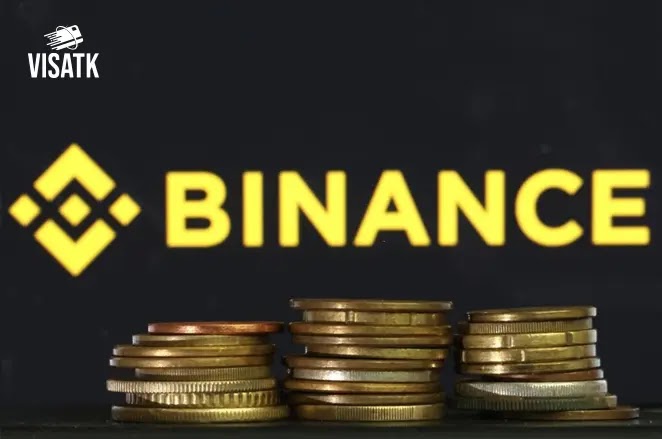
Contents
- Market risk
- Binance's Approach to Challenging Regulatory Environments
- The Securities and Exchange Commission (SEC) issued a warning
Binance CEO Changpeng "CZ" Zhao, in a July 31 Twitter "Ask Me Anything" (AMA) session, indicated his intention to introduce smaller algorithmic Stablecoins to the market so that investors have alternatives to the present global Stablecoin giants.
CZ expressed concern about the future of key Stablecoins like Tether and Binance USD throughout the conversation.
Despite Tether's high market value, he is wary of it because of its absence of audit reports and other evidence of legitimacy.
As of yet, "I have not seen any USDT audit reports." Most of the people I spoke with had undoubtedly seen it. Because of this uncertainty, it might be likened to a black box.
During the AMA, CZ shed some insight on the complexities and regulatory hurdles facing the business, especially in New York.
He stressed that Binance USD and other stablecoins pose risks while being regulated and audited adequately.
Solution: CZ restated the exchange's commitment to working closely with many different Stablecoin projects.
Market risk
To spread the market's risk over a wider range of assets, Binance is expanding its stablecoin partnerships. By spreading out its offerings in this way, the technique hopes to lessen the risks associated with relying on any one Stablecoin in particular.
When stressing the need of taking a broad stance, CZ emphasized that "we shouldn't have a single bet."
The regulatory action that led to BUSD's closure, despite a clean audit, lends credence to this opinion.
Binance is actively working to address regulatory and transparency concerns by contributing to the development of algorithmic Stablecoins.
CZ revealed that a dedicated team is developing locally optimized Stablecoin algorithms in a number of different geographies.
He said, "Our approach is, given that everything has some risk, let's just diversify and see which one grows bigger."
With this method, Binance can achieve its Stablecoin goals of balancing innovation, regulatory compliance, and risk management.
Binance's Approach to Challenging Regulatory Environments
Despite regulatory uncertainties, the leading cryptocurrency exchange Binance is committed to achieving its lofty goals.
The issue was made worse by a lawsuit brought by the United States Commodity Futures Trading Commission (CFTC) for regulatory overreach against Binance.
Binance's CEO Changpeng Zhao (CZ) and legal team have asked the court to throw out the case in response to this legal challenge.
The situation is made more complicated by Binance's efforts to do business in Nigeria, a fast-growing cryptocurrency market where the local regulatory body, the Nigerian SEC, has declared Binance's practices to be unlawful.
The Securities and Exchange Commission (SEC) issued a warning
The SEC issued a warning on July 28 discouraging investments with Binance due to the exchange's lack of a U.S. license and the associated risks. Binance Nigeria is not affiliated with the original Binance, hence in June the SEC issued a circular restricting the company's activities.
In response, Binance informed Binance Nigeria of its stance through a cease-and-desist letter.
Despite these challenges, CZ noted, Binance is not actively promoting in Nigeria at this time.
He also stressed Binance's dedication to building fruitful connections with regulatory agencies and the exchange's proactive approach to engaging governments throughout the world.

Post a Comment